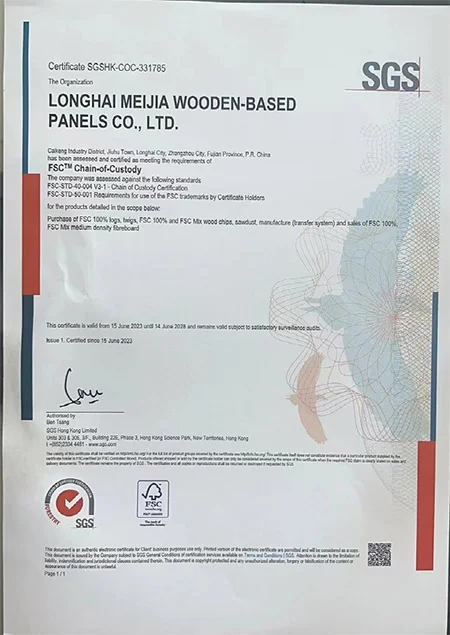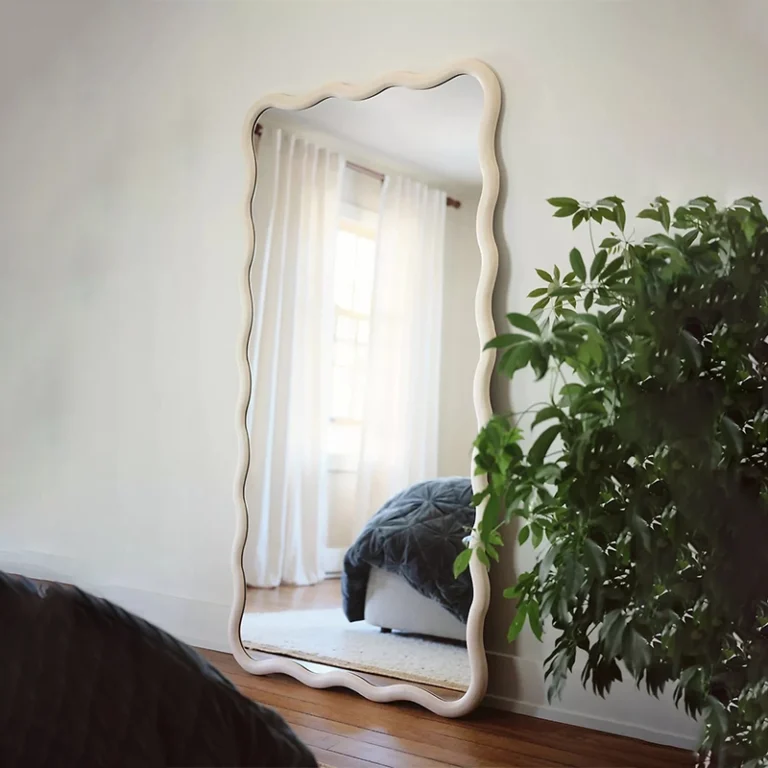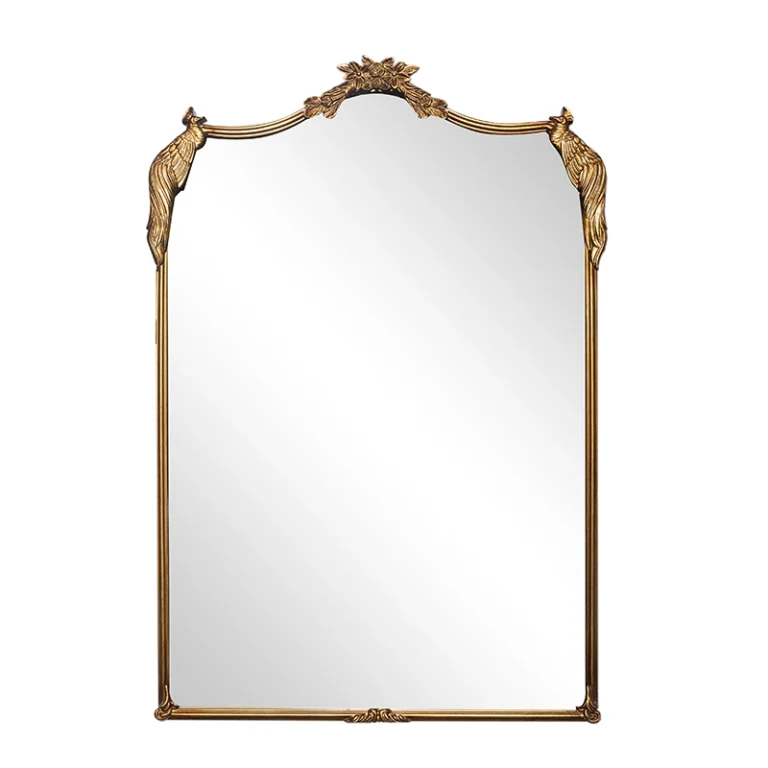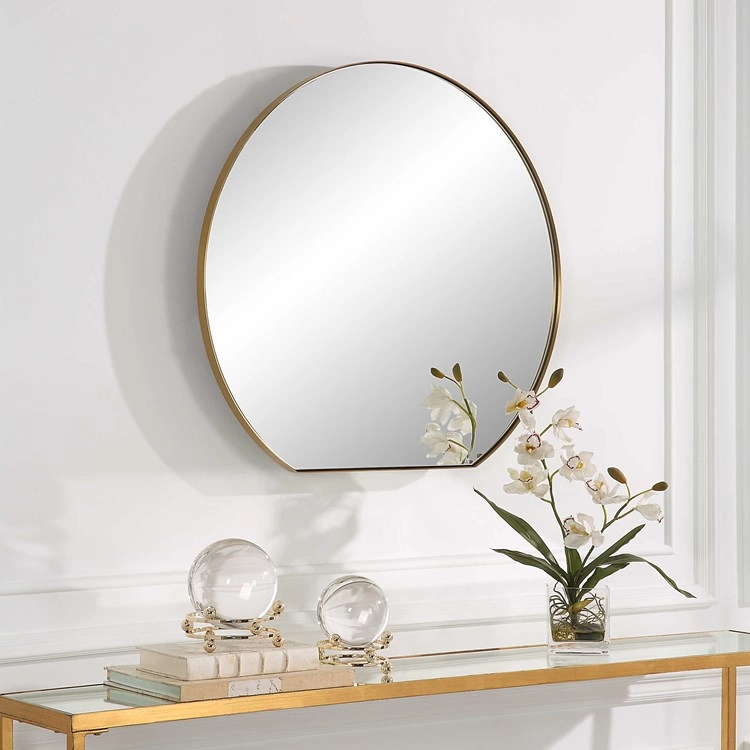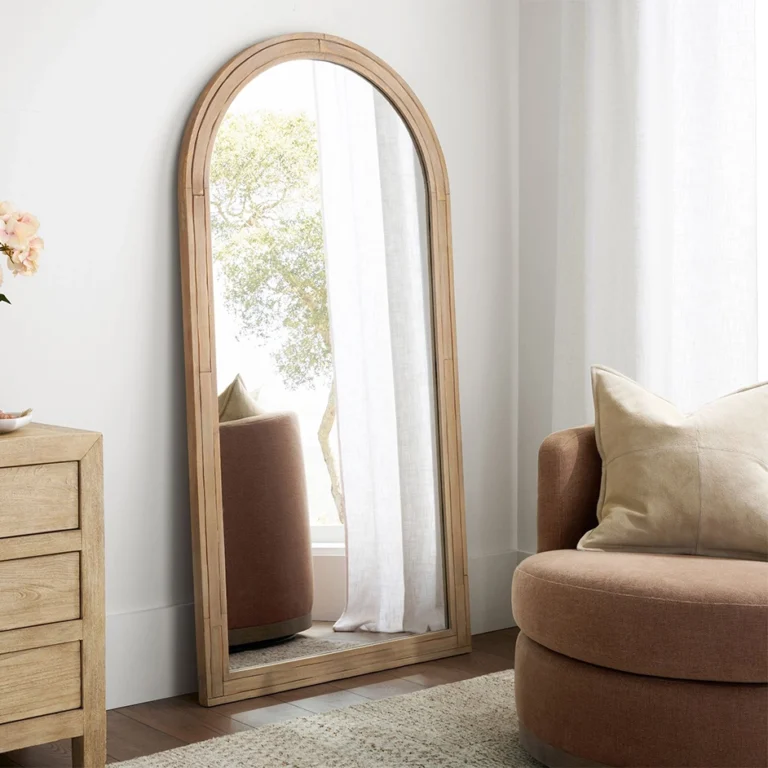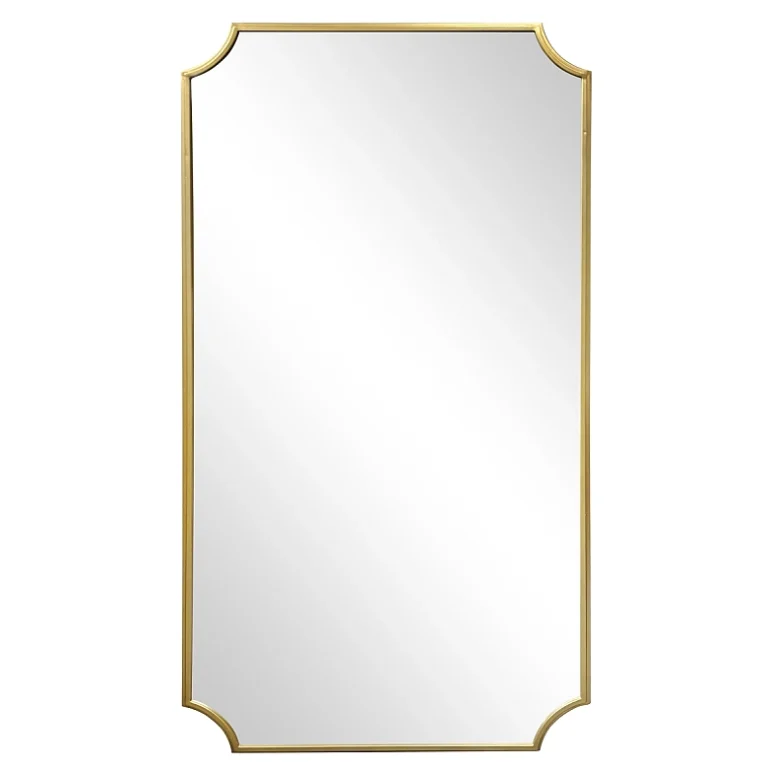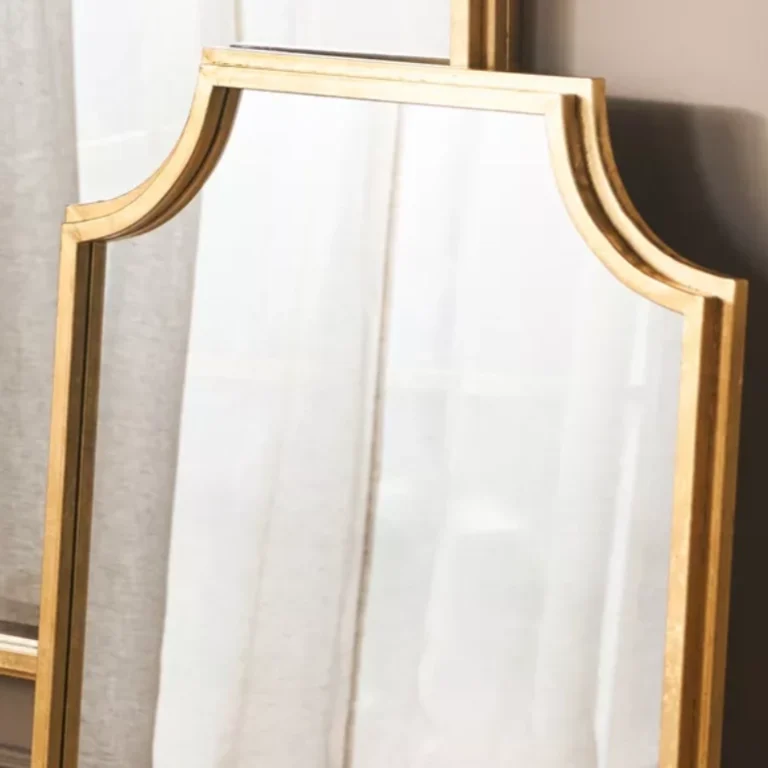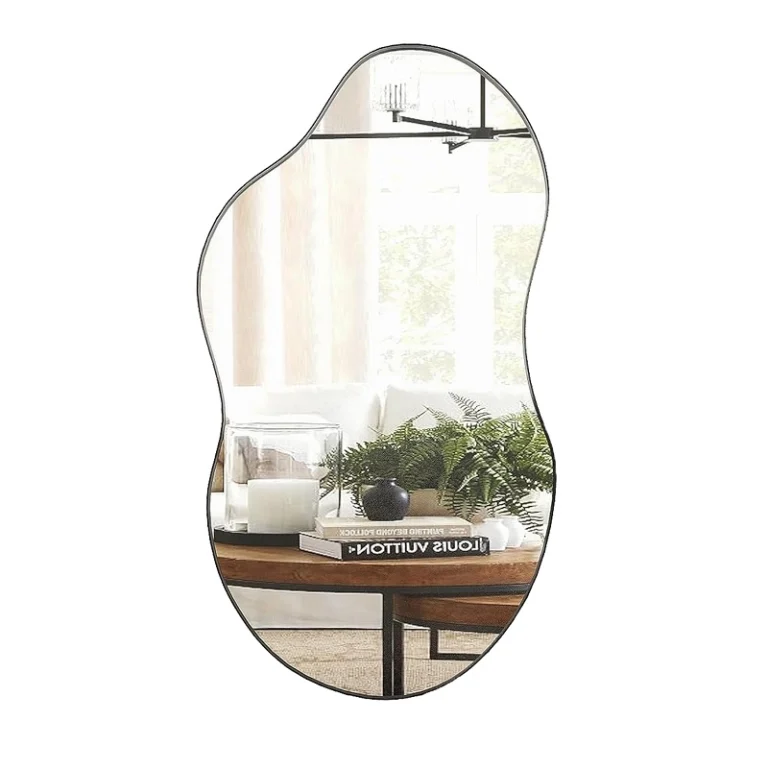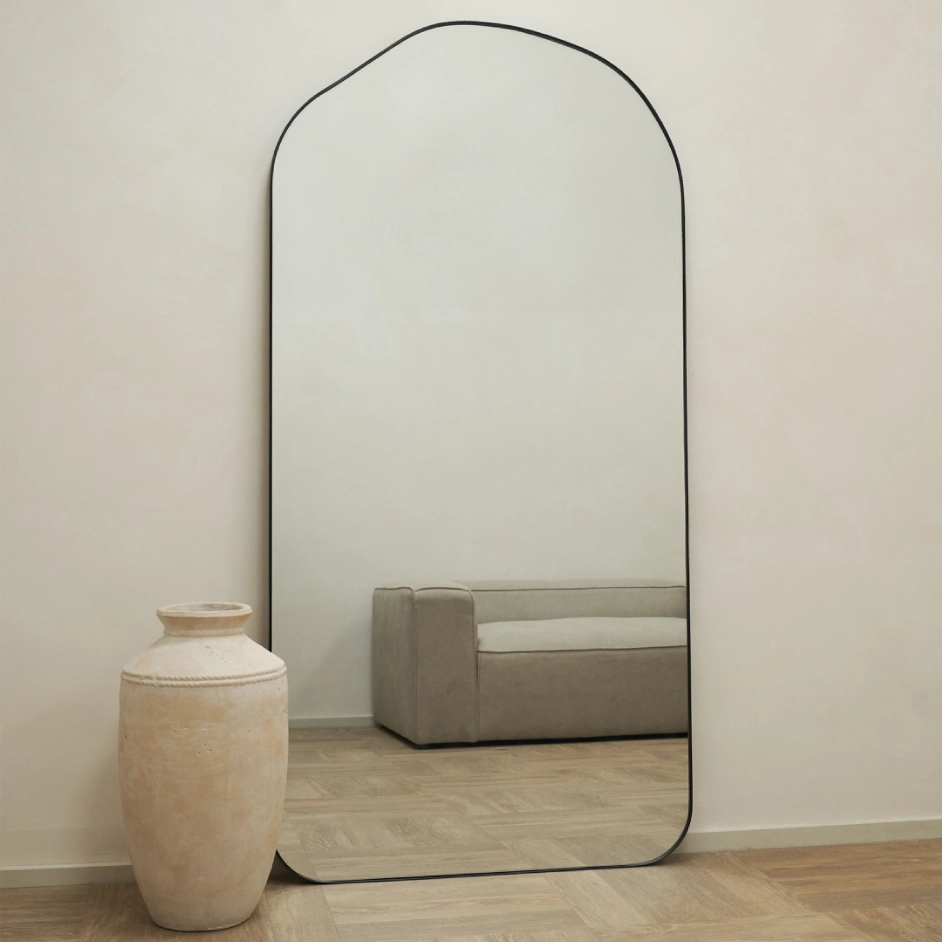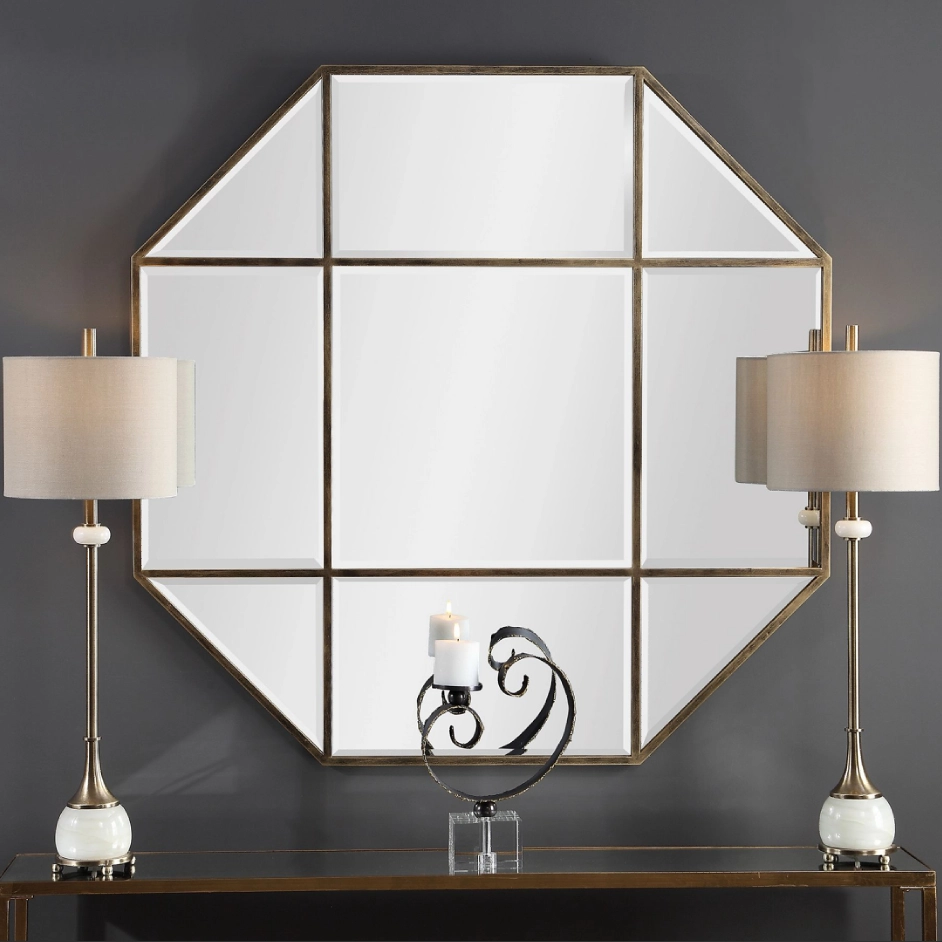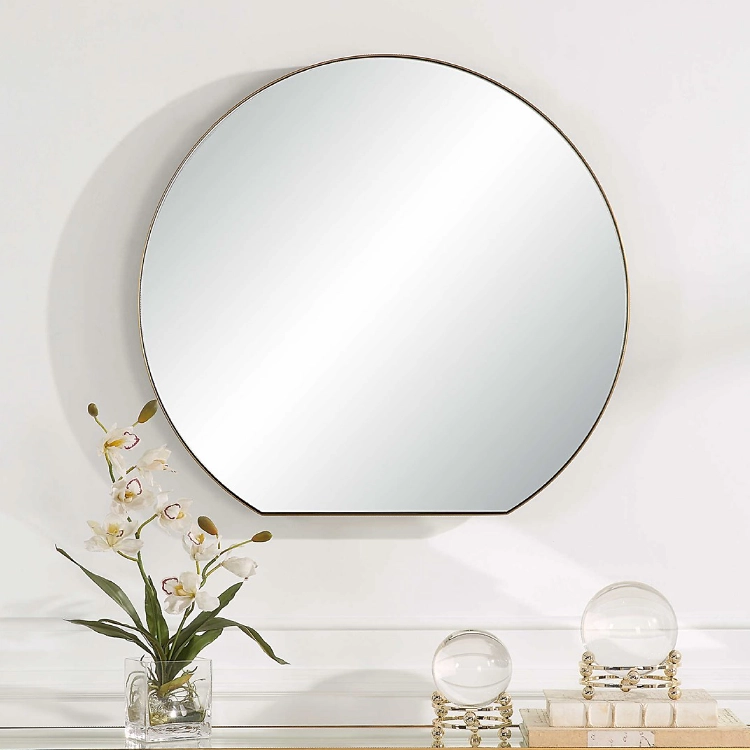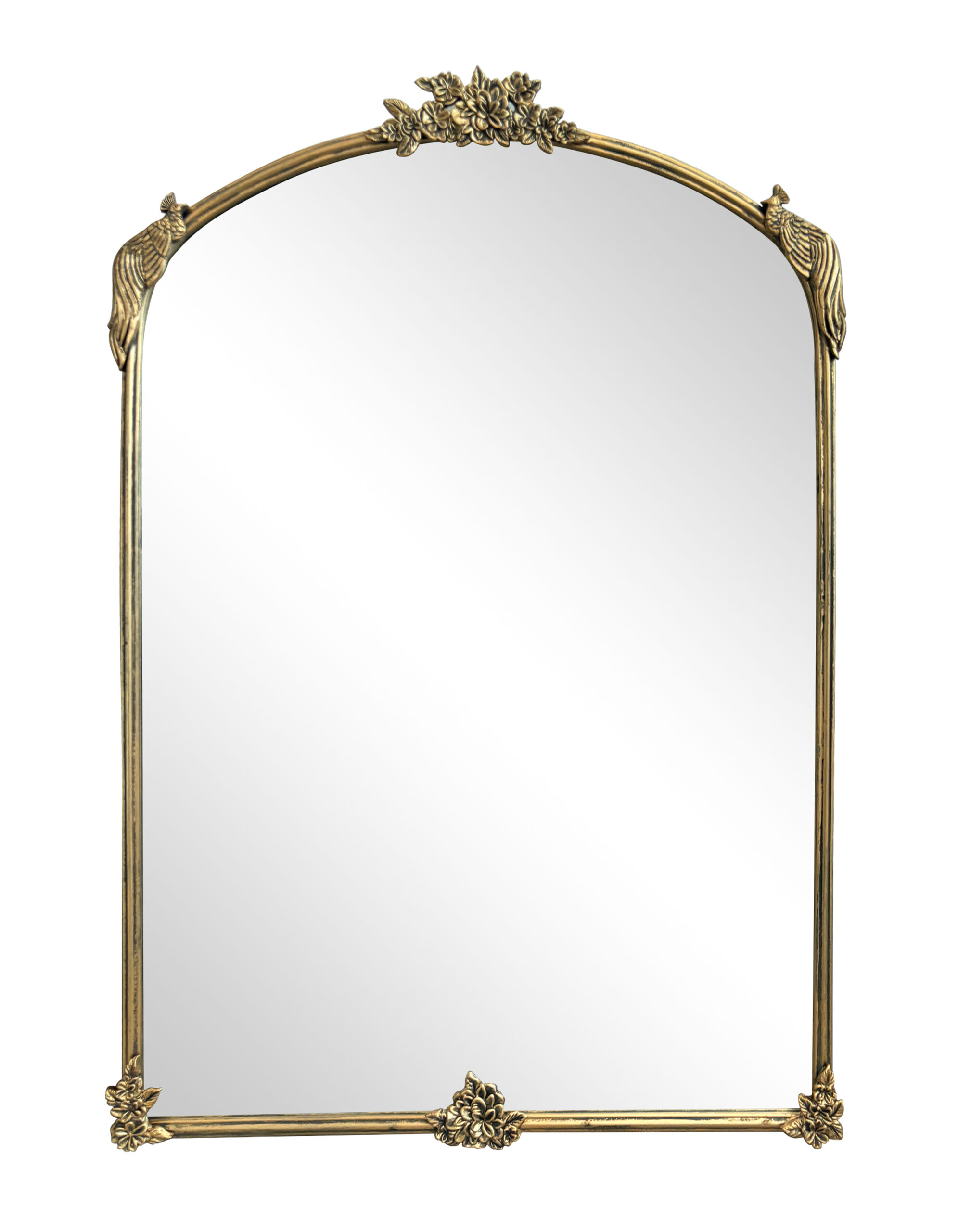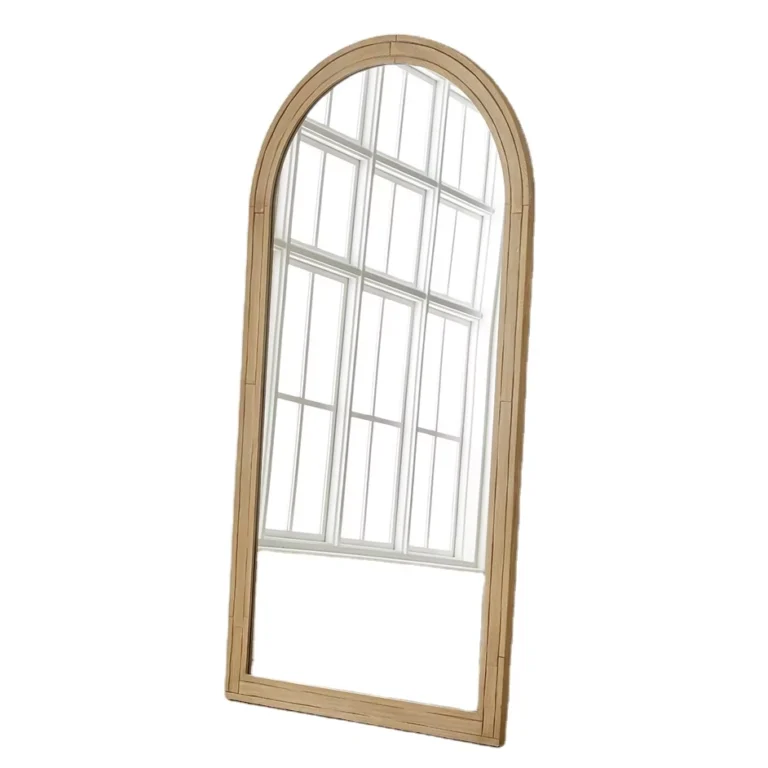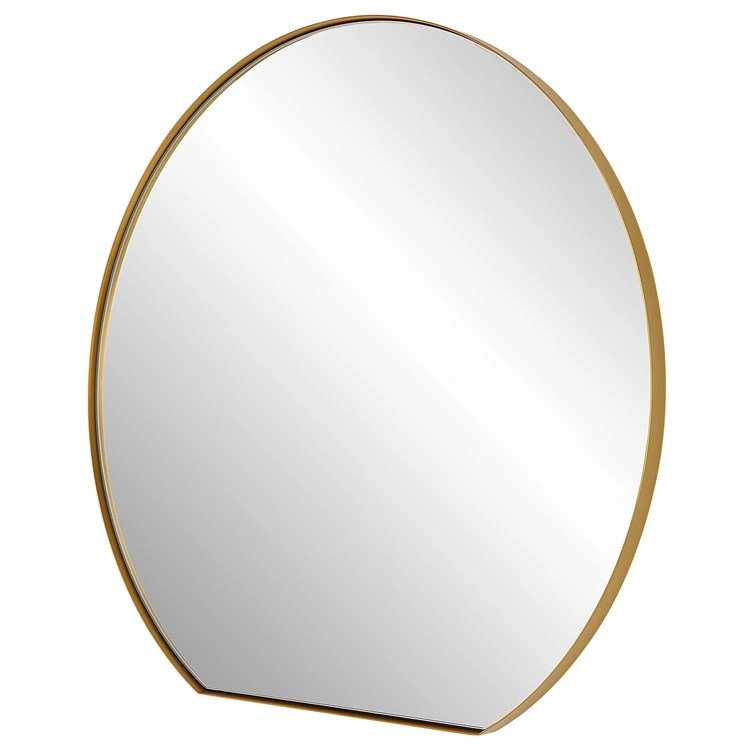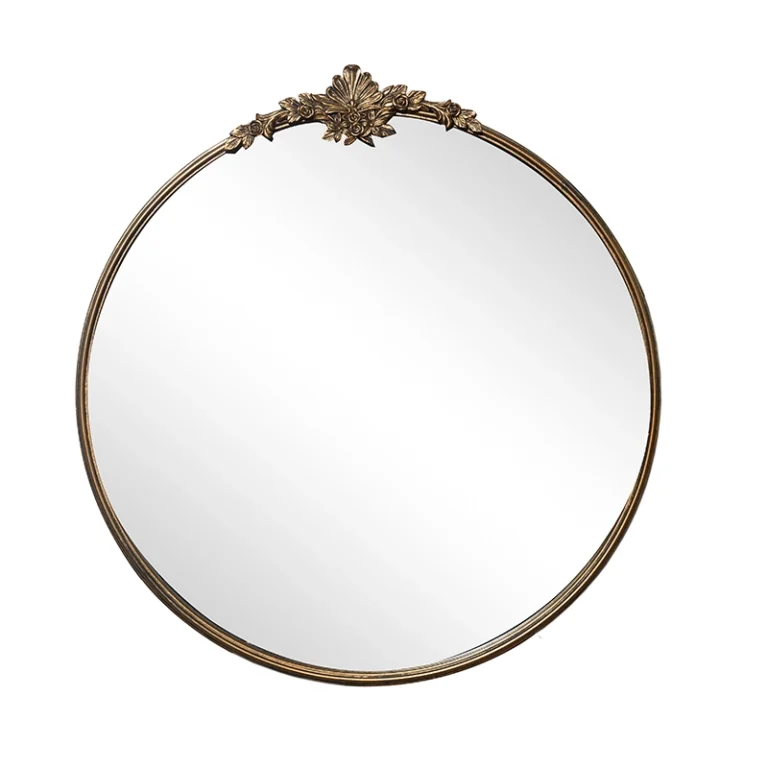1. The Literal Meaning: Placing a Mirror to Reflect Natural Light
This is the most common interpretation, especially in interior design. It involves strategically placing a mirror to capture light from a window or door and bounce it deeper into a room.
Why it’s a brilliant design trick:
-
Maximizes Light: Makes a dark room, hallway, or corner feel brighter and more spacious without adding electrical fixtures.
-
Enhances Space: Creates the illusion of a larger room by doubling the view and the light source.
-
Saves Energy: Reduces the need for artificial lighting during the day.
-
Improves Mood: Exposure to natural light is known to boost mood, productivity, and regulate circadian rhythms.
How to Do It Effectively:
-
Opposite or Adjacent to a Window: This is the golden rule. Place the mirror directly across from a window to reflect the entire light source, or at an angle to it to channel light into a specific dark area.
-
Consider the Reflection: Think about what the mirror will reflect. Positioning it to reflect a beautiful outdoor view (like trees or the sky) is a huge bonus. Avoid reflecting a cluttered area or a blank wall.
-
Size Matters: A larger mirror will, obviously, reflect more light. A full-length floor mirror or a large wall mirror works best.
-
Shape and Frame: A mirror with a thin or minimal frame (or no frame at all) tends to look more modern and focuses attention on the light and reflection. Ornate frames can create a beautiful, classic look but may define the space more.
2. The Aesthetic Meaning: A Mirror that Mimics Natural Light
This refers to a lighted mirror (often with LED bulbs) that is designed to emulate the quality and color temperature of natural daylight.
Why it’s essential for tasks like makeup application and grooming:
-
Color Accuracy: Natural light shows your true skin tone and colors most accurately. A mirror with “daylight” LEDs (typically around 5000-6500 Kelvin) provides a clean, white light without the yellow tinge of warm bulbs or the blue cast of cool ones. This prevents you from applying makeup too lightly or heavily.
-
Even Shadow-Free Illumination: High-quality lighted mirrors have LEDs placed around the circumference to cast even light across your face, eliminating harsh shadows that can distort your view.
What to Look for in a “Natural Light” Mirror:
-
Color Temperature (Measured in Kelvins – K): Look for a mirror that offers 5000K to 6500K. This is the range that is considered “daylight” or “cool white.”
-
CRI (Color Rendering Index): This is a less common but even more important spec. A CRI of 90+ (out of 100) means the light source will render colors very accurately, just like the sun.
-
Dimmability: The ability to adjust the brightness is a huge plus, allowing you to simulate different lighting conditions (e.g., a bright office vs. a dim restaurant).
3. The Poetic/Abstract Meaning
On a more abstract level, a “mirror with natural light” can be a powerful metaphor:
-
Clarity and Truth: It represents a source of pure, unfiltered reflection—showing things exactly as they are, without distortion or artificiality.
-
Self-Reflection: It can symbolize seeing one’s true self clearly, illuminated by honest introspection (the “natural light” of truth).
-
Art and Photography: An artist or photographer might use this phrase to describe capturing a reflection in a way that feels authentic and bathed in the soft, changing light of nature.
Summary Table
In short, “mirror with natural light” is most often a practical solution for dark interiors or a crucial tool for perfect grooming, all based on the simple, powerful principle of harnessing the sun’s honest glow.
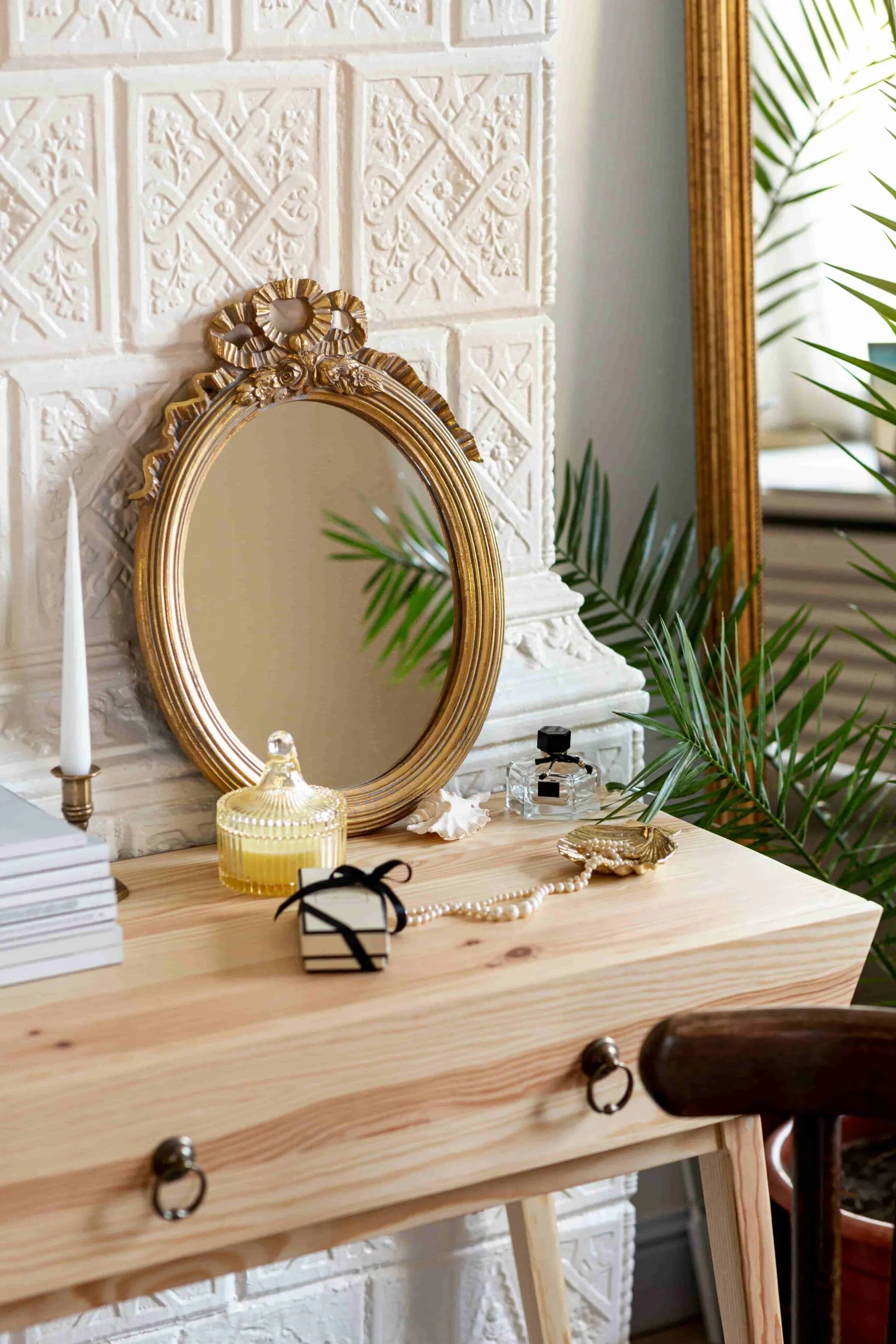



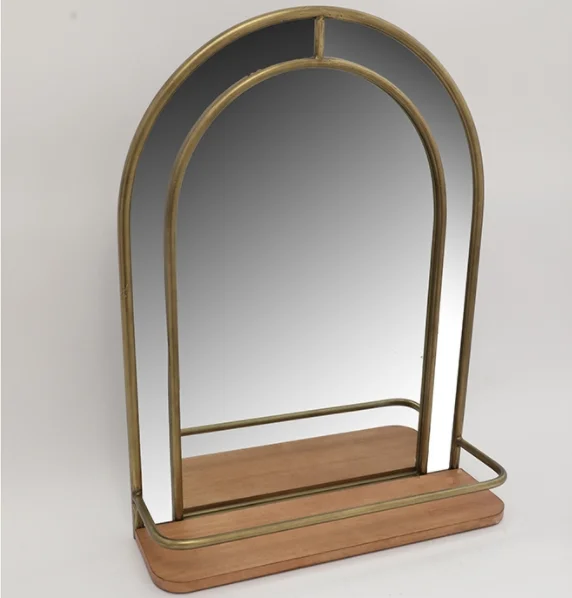
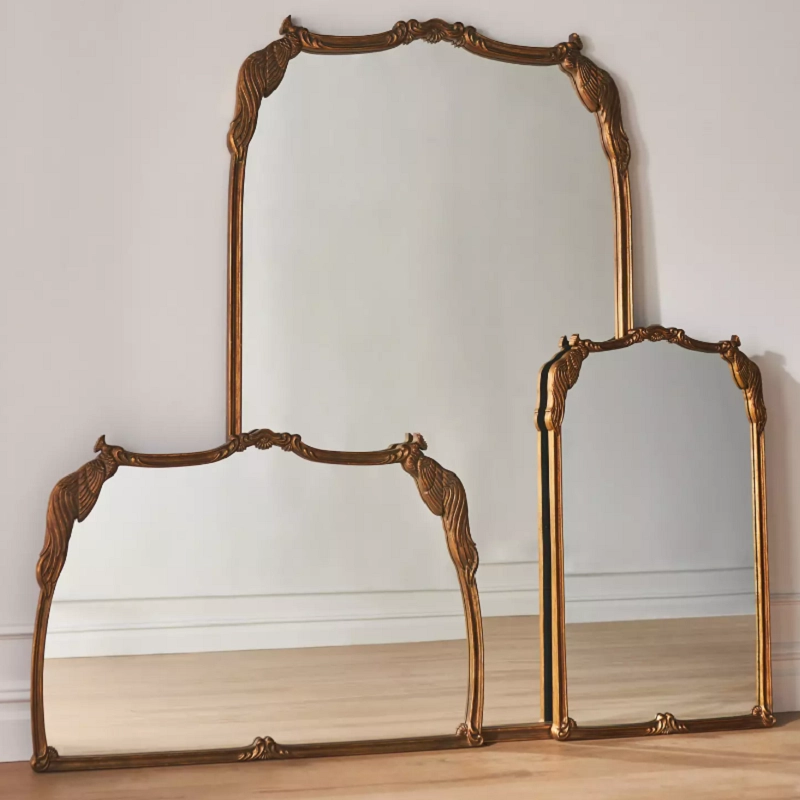
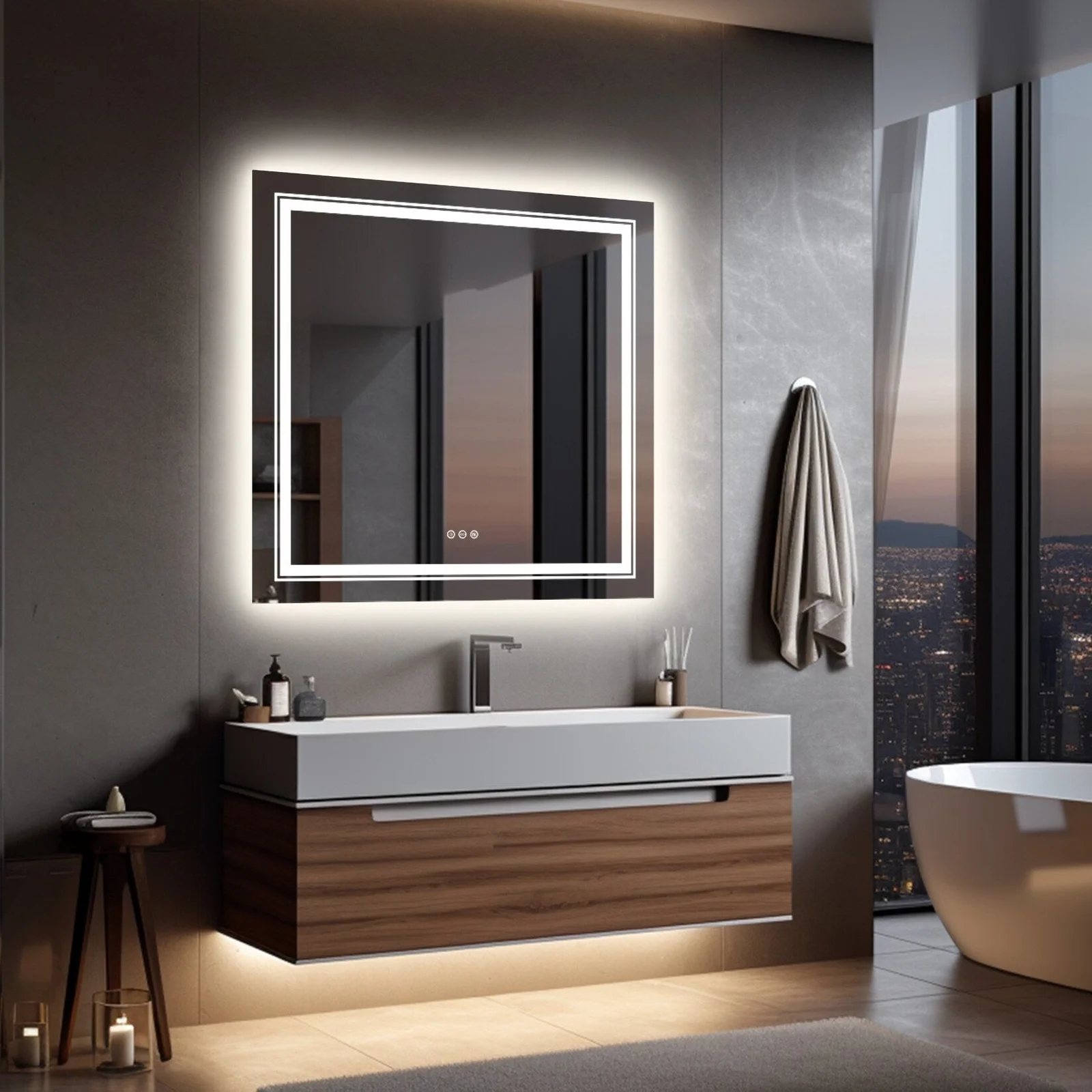


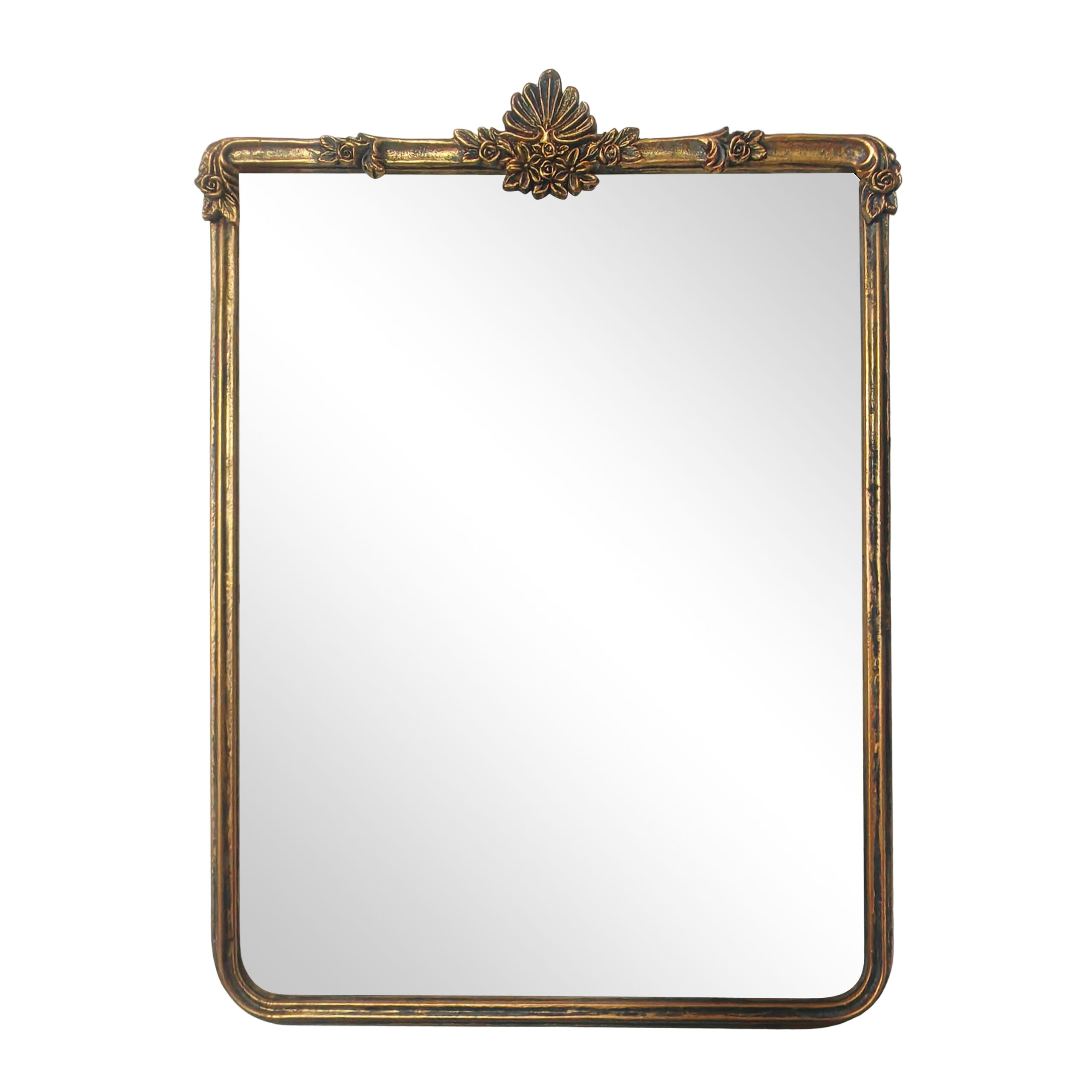

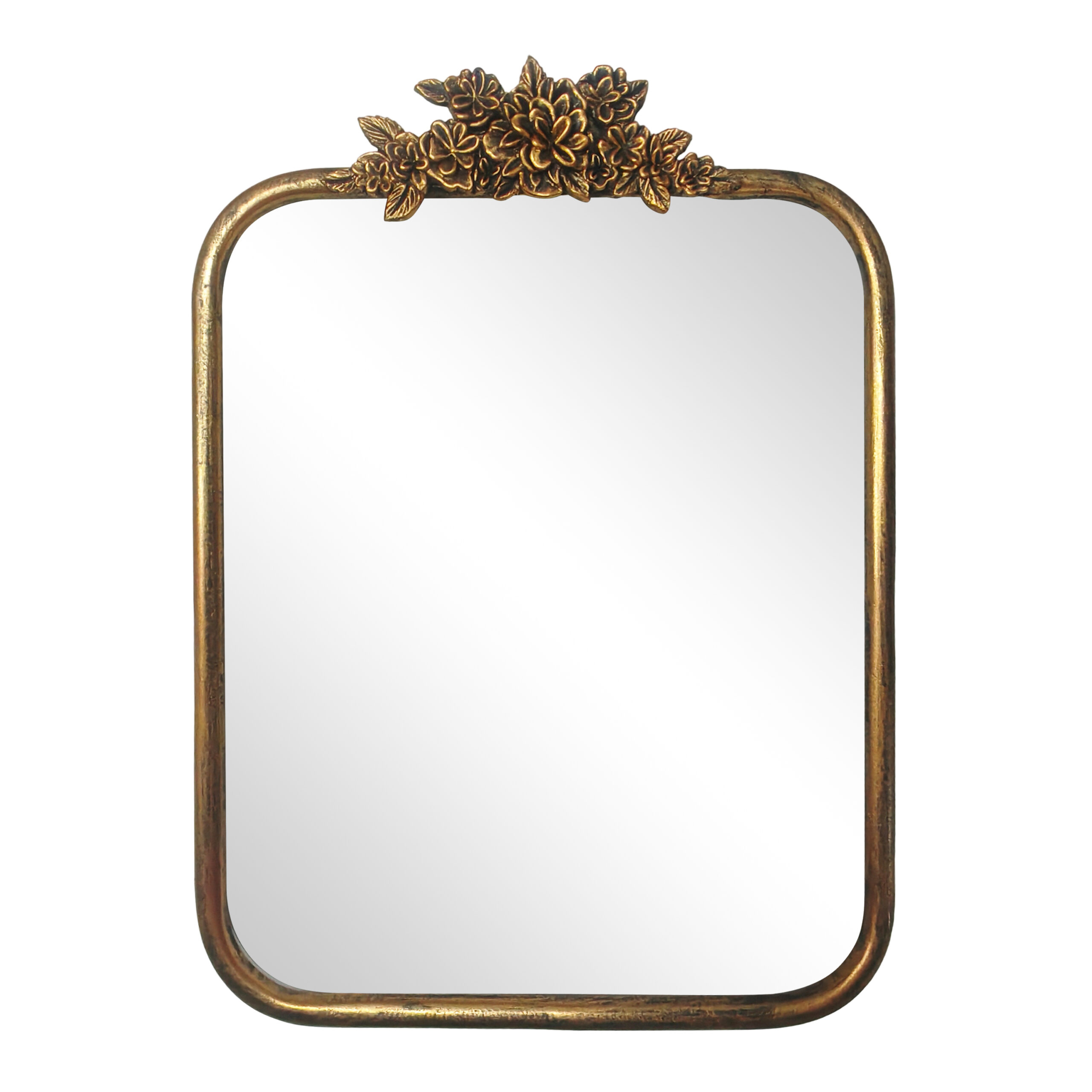
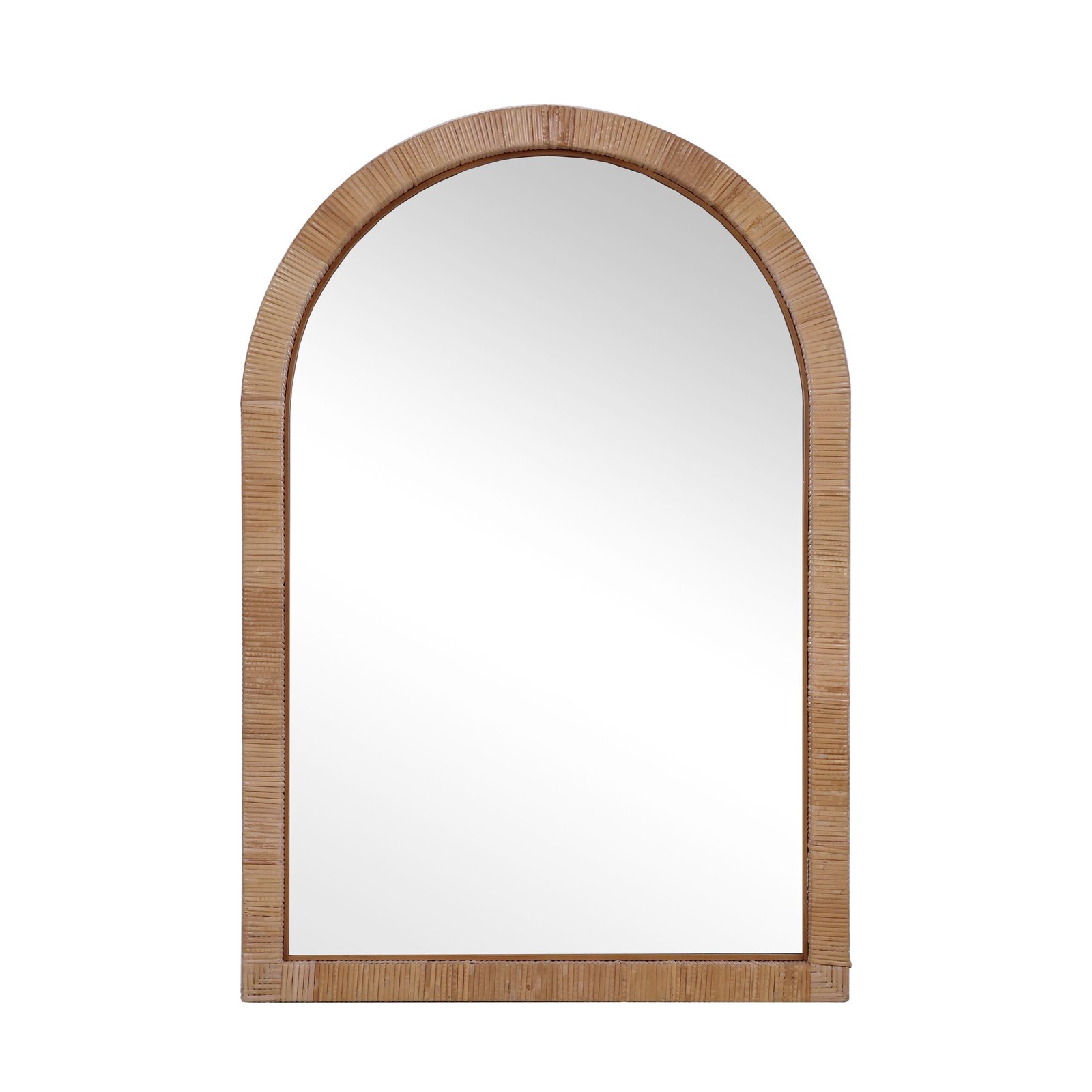
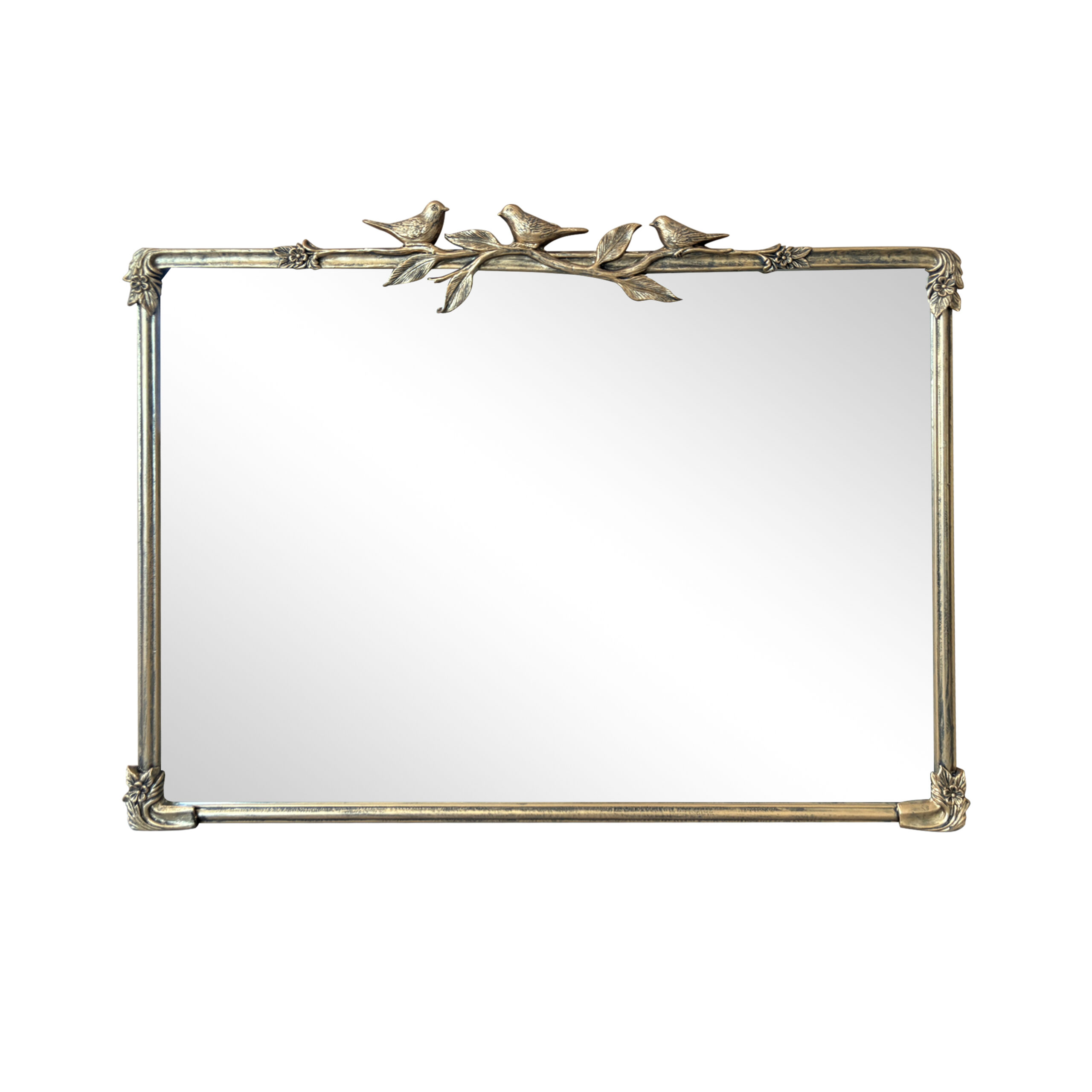

-scaled.jpg)










